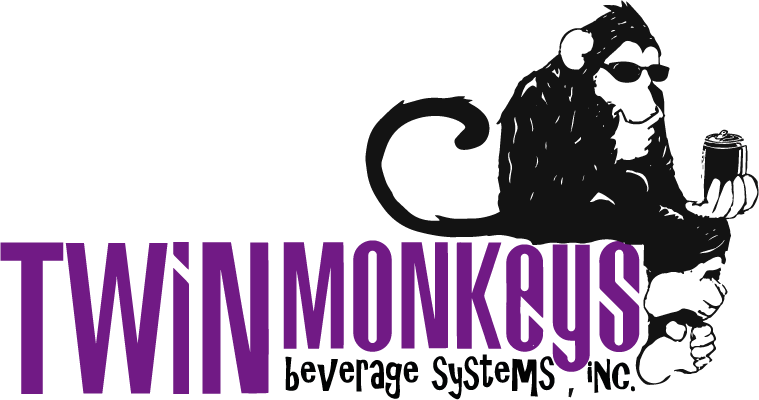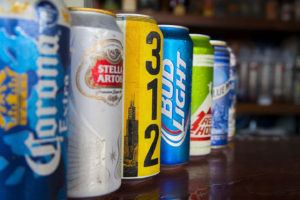BEER CANNING MACHINES
Answers to the 10 most popular questions asked by breweries from around the world!
The craft beer industry is stronger than ever and with it comes more demand for automated beer canning machines. Breweries from around the world are canning beer in aluminum cans using beer canning lines that deliver an efficient canning process trying to produce a quality beer with minimal waste and a long shelf life.
Twin Monkeys talks with breweries from around the world every day and we hear the same questions. We thought it would be helpful if we answered the most common ones here. Are we missing any? Contact us and ask us your canning questions. Of course, we can more than beer and can answer your questions about canning other beverages too.
Top 10 Beer Can Machine Questions
SEE OUR COMPLETE LINE OF CANNING MACHINES
What is the right size of canning line for my brewery?
Before buying any beer canning equipment, you need to decide how much beer you are going to can.
Start by asking yourself how many barrels of beer are you going to put into cans on any given work day. Once you know how many barrels you want to can in a day, the rest is math.
You can generally count on a 20 can per minute (CPM) beer canning machine to fill and seam 3 barrels per hour (bbl/hr). A 40 CPM canning machine will fill 6 bbl/hr and an 80 CPM machine will hit 12 bbl/hr.
Add 1-2 hours for the combination of setup and cleanup time but it will vary for each brewery.
Let’s say you want to can 15 barrels in a day. With a 20 CPM beer canning line you’ll be canning for a little less than 5 hours. Include setup and cleanup time (1-1.5 hours total) and you can still accomplish it all in a shift.
Keep in mind that most brewers only package part of a batch and the rest goes to draft.








